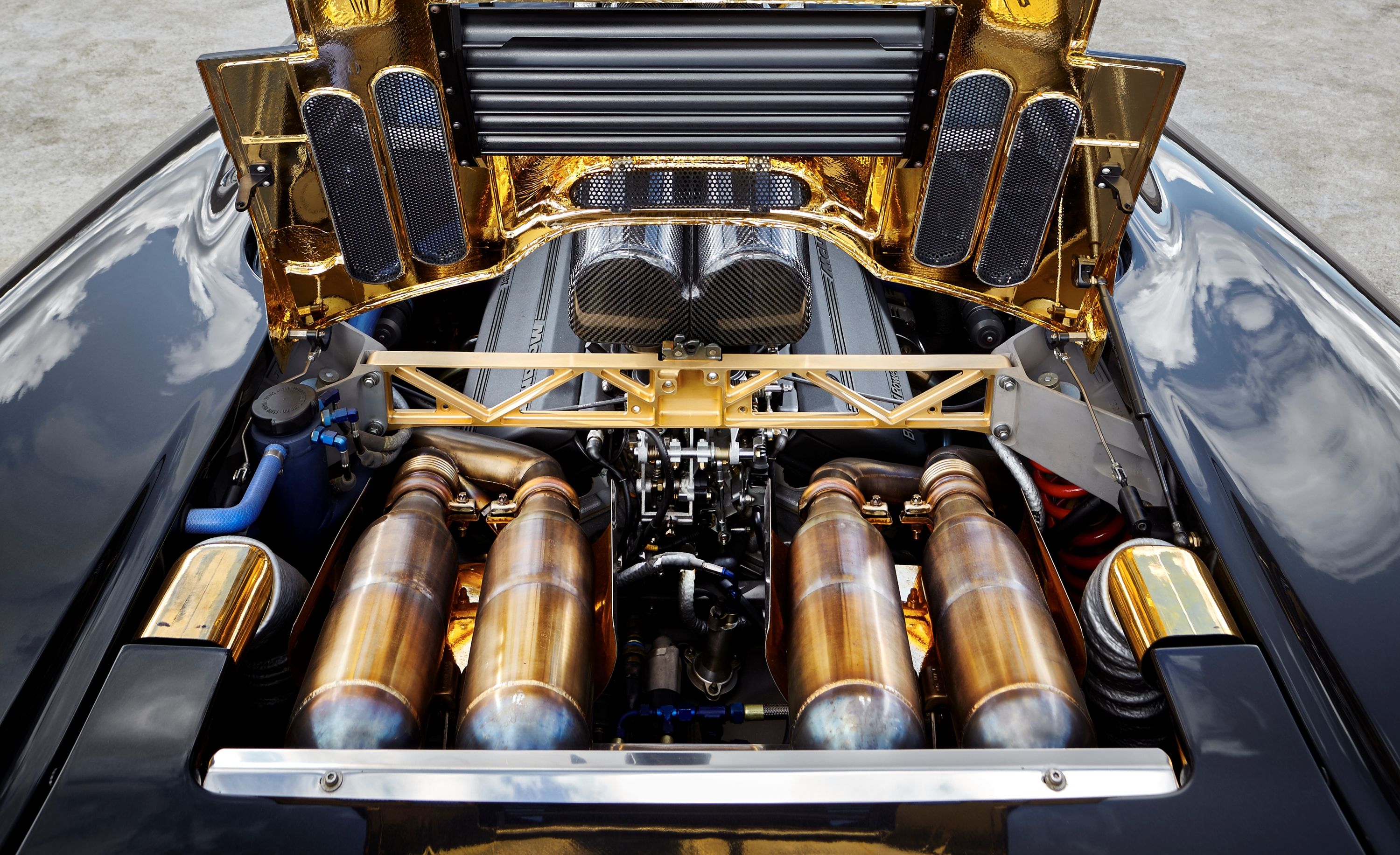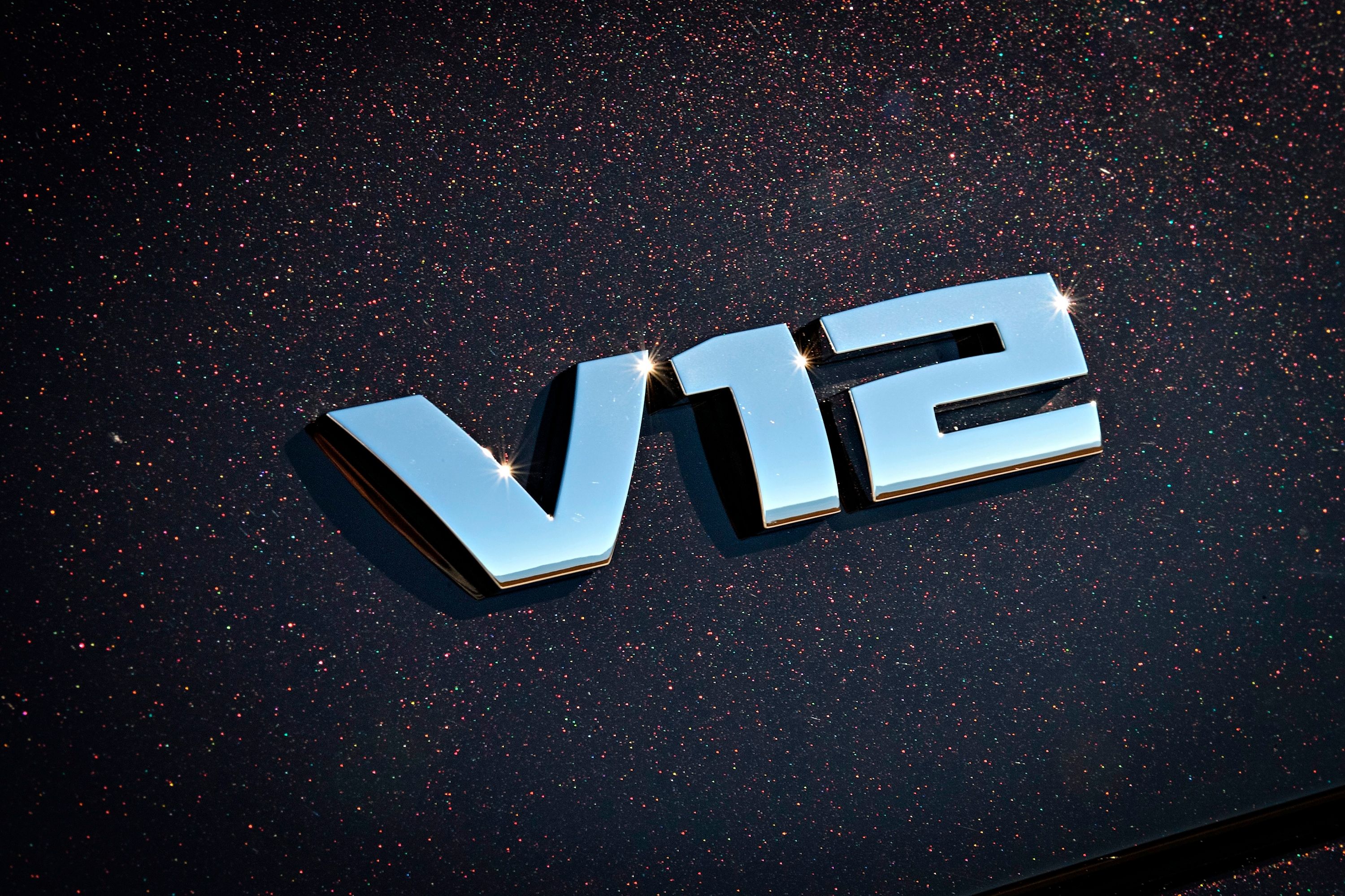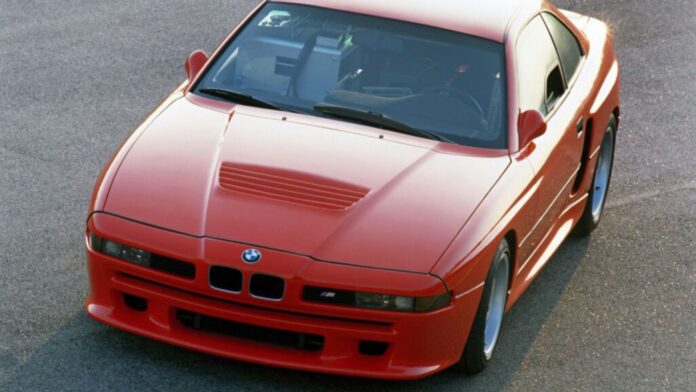When BMW unveiled the M8 in 2019, the world immediately fell in love with the brand’s grand touring monster. Powered by the brand’s iconic twin-turbo V8 and donning gorgeous M-influenced bodywork, the car was everything a halo performance model should be, but did you know it wasn’t the first? Yes, all the way back in the early 1990s, a secret group of engineers and designers tinkered away on a project that was more impressive than what any other automaker in the world was doing at the time, packing the E31 8 Series with enough firepower to level all of its competition.
Cost, a recession, and wariness on the part of the company executives saw that the project was eventually shelved, but not before its influence could reverberate through the M Division and product lineup for years to come. This is the story of how the project came to be, what made it so great, and how it left a mark. It was a dream project that came to life and a testament to the genius that is BMW’s M.
The Vision Behind the M8 Prototype
The concept of the M8 came from a desire to break new ground. The Bavarian automaker had already made its mark by this time thanks to exceptional models like the E30 M3 and E34 M5 setting high-performance benchmarks and dominating the competition, but as the 1990s dawned, there was a belief in the company that it was capable of much more. The company envisions a flagship GT that would go up against the likes of Ferrari or Lamborghini with aggressive yet understated looks, exceptional dynamics, and roaring V12 performance. It was to be a top-tier machine, and the E31 8 Series was the perfect starting point.
Add CarBuzz to your Google News feed.
BMW’s M division already had such success with a flagship performance model when it had introduced the M6 version of the E24 6 Series a few years prior, but that car still relied on the brand’s S38 straight-six engine and didn’t have the power or the presence to truly make a lasting mark. The 8 Series was a better starting point because it already had the sleeper-good looks and the M70 V12 under the hood, making 296 horsepower in the 850i model, an output that could easily be doubled with some hard work.
While M was champing at the bit, BMW executives approached the M8 project cautiously. The early 1990s brought economic challenges, and committing to a high-cost, ultra-high-performance car was a risky endeavor. The market for such a product was untested; BMW knew it would only appeal to a select few. Still, the executives were performance enthusiasts at heart and the prototype phase of the project was green-lit for 1992 with the utmost secrecy from the outside world.
Engineering a Supercar
The beating heart of the M8 prototype was an extraordinary engine: a specially developed 6.0-liter V12. Starting with the M70, the engineers bored it out to 6064 cc and gave it dual-overhead camshafts for each cylinder bank, individual throttle bodies, four valves per cylinder, continuously variable valve timing, and a carbon fiber intake manifold among many other things. The result was a very special version of the S70, a variant of which would go on to power the equally absurd McLaren F1.
For years, as the car lay in secrecy, it was believed the power plant made 550 horsepower, an incredible amount at the time, but once BMW unveiled it in 2010, we found out that it produced an even more impressive 640 horsepower. No production cars made this much power in 1992, which would have made it unparalleled in the marketplace.

Related
The Coolest BMW M Cars That Never Reached Production
BMW should have given at least two of these models the green light.
A Body Like No Other
This engine’s output not only required upgrades to the drivetrain and chassis but also demanded significant cooling enhancements. BMW’s engineers created an advanced air intake system, with wide vents in the rear, additional ducts, and scoops that channeled cool air to keep the engine at an optimal temperature, even during aggressive driving.
Engineers reduced the car’s overall weight by using lighter materials in the body panels and eliminating features that would compromise performance. It featured a new front bumper, new mirrors, a vent in the hood, and flared fenders to handle the wider track that gave it a much meaner presence than the base car ever had. In addition, the floating roof was gone, as a B-pillar was added for more structural rigidity and so were the pop-up headlights.
Further weight savings came in the interior, with the rear seats done away with, the radio and AC gone, bucket seats added in front, and the windows now made of plastic. In fact, much of the bodywork was made of glass-reinforced plastic to save weight, as well as wheels made of carbon fiber, and of course, the suspension and brakes were heavily updated for improved handling as well.

Related
Most Iconic BMW V12-Powered Cars Ever Made
BMW’s V12 was a rare engine, but a remarkable one that created legends of the automotive world.
By the end of development, the M8 was an agile, high-performance machine that could compete with the best. However, unlike many supercars, the M8 didn’t scream for attention. It maintained an understated look that carefully hid its high-performance aspirations. Although 0-60 mph times were never recorded, a weight of 3,181 lbs and 640 horsepower meant it would have been righteously quick, and the company even claims it’s capable of speeds above 186 mph.
The Legacy of BMW’s Hidden Masterpiece
BMW Engineers had accomplished nearly everyone they wanted by the end of the project. It was gorgeous, extraordinarily powerful, and great to drive – but none of that mattered in the end. The economic downturn of the early 1990s, coupled with BMW’s continued concern that a car such as this wouldn’t garner enough interest, meant that even though it was nearly a finished product, it was going to be canceled. From there, the car was squirreled away deep in the catacombs of the BMW Headquarters, only to be heard about in whispers and seen in grainy images for nearly two decades before it was officially unveiled.
Inspiration From The Past
Fortunately, all that hard work did not go to waste, as the company did believe a higher performance 8 Series was in order, and thus it instructed its M division to set about creating the 850 CSi. Rather than a full-fat M-badged model, think of this as more of an M-performance model before its time. It featured stiffer springs that lowered the car’s ride height, staggered “throwing-star” styled wheels, reshaped front-and-rear bumpers, four exhaust tips, ventilated brakes, a six-speed manual, and even four-wheel steering in Europe.
Its engine was a true M engine, as it bore the “S” moniker that all M series engines do. Unfortunately, it didn’t make anywhere close to the power it did in the prototype, making do with “only” 375 horsepower and 406 lb-ft of torque. Introduced in 1993, it lasted until 1996, when emissions regulations made it impossible to keep the S70 in production.

Related
BMW Says Goodbye To The V12 With Special Edition 7 Series
It’s a bittersweet ending for an engine that has provided so much joy.
The M8 prototype may never have made it to the showroom floor, but its spirit has influenced BMW’s M division and product lineup. Elements of its design philosophy, from its understated yet powerful exterior and segment-leading yet refined performance, can still be seen in the BMW M products of today. The modern M8, introduced in 2019, pays homage to its predecessor, yet even it isn’t capable of producing the same kind of power its forebear did 30 years prior.
Today, the M8 stands as an icon of BMW’s unrelenting pursuit of performance and innovation. Though it was never released, it embodies BMW’s willingness to push boundaries and experiment without any promise of success. Today, the company continues this tradition with models like the new BMW M5 Touring and M4 CS, both of which prove the company hasn’t forgotten what it takes to create an incredible performance vehicle.
Sources: BMW

